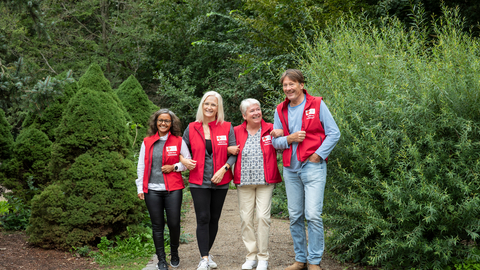Clubs and leisure activities for asylum seekers
Clubs and leisure activities for asylum seekers

Just as Danish children can attend a before and after school centre, children and adolescents at an asylum centre can go to a recreational club after school. These clubs are typically organised according to age levels. For example mini clubs for 6 to 9-year-olds, junior clubs for 9 to 13-year-olds, and youth clubs for 13 to 17-year-olds. For the youngest children, the clubs are open in the afternoon after school, while for the other age groups they are open from about 5-9 p.m.
Focus on security and familiarity
In the clubs, social educators follow the same principles as in the kindergartens, with a lot of focus on security and familiarity. There has to be a good balance between planned activities and free play. The shared activities could be, for example, sports, cookery, games or drawing.
The club can be based, either at the asylum centre itself or in recreation centres in the local area, with Danish children and adolescents. This varies according to location. However, common to the clubs in asylum centres is the fact that they often function as the children’s ”extended playroom”, as the children generally do not have their own rooms. In this way, the club is also the place where they can hang out with their friends.
Asylum children can choose to take part in leisure activities outside the asylum centre
All children and young people aged 6-17 years can take part in leisure activities outside the asylum centre on equal terms with children and young people in the local area. It means a lot to the children in the asylum centres that they can participate in various leisure activities along with Danish children.
The Culture and Leisure Coordinator in each centre helps the asylum children get started on playing football in the local club, for example, or taking guitar lessons at the music school.
Furthermore, club and leisure activities provide structure in everyday life – which is important to all residents, regardless of age.